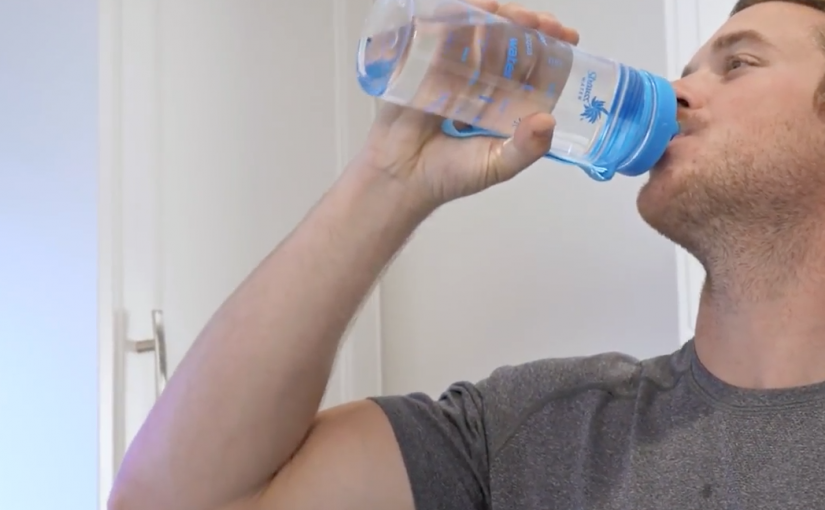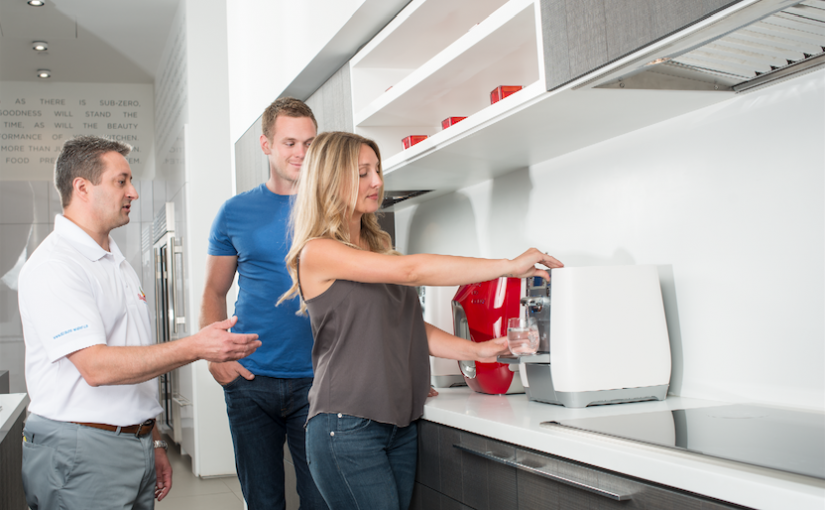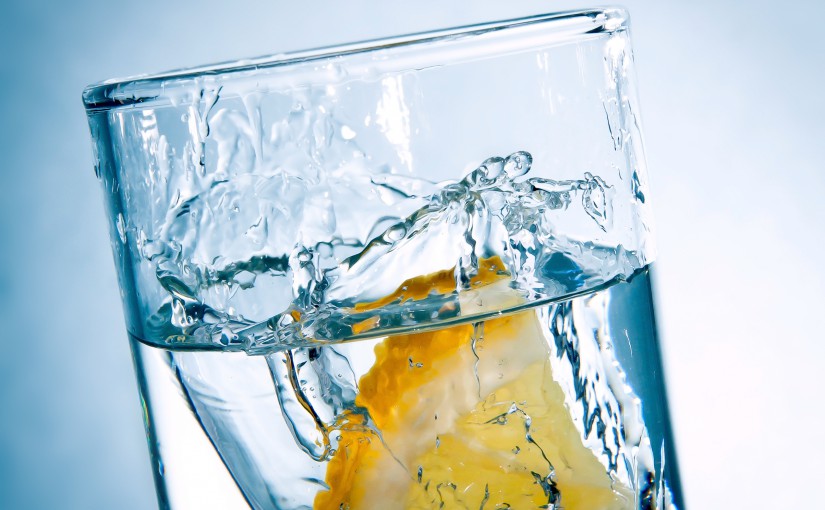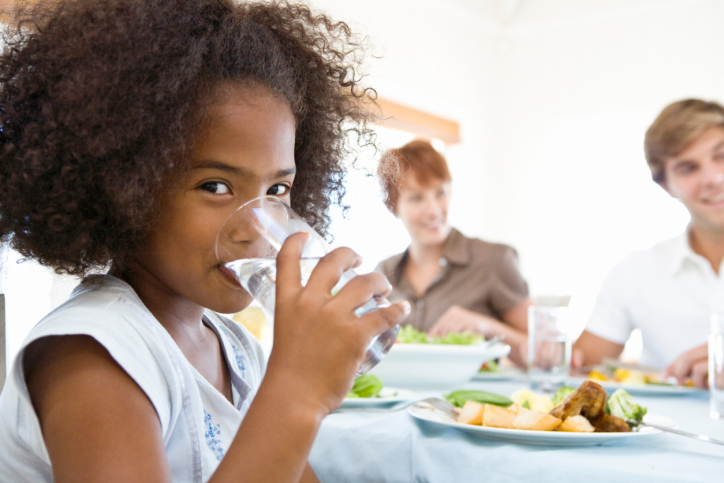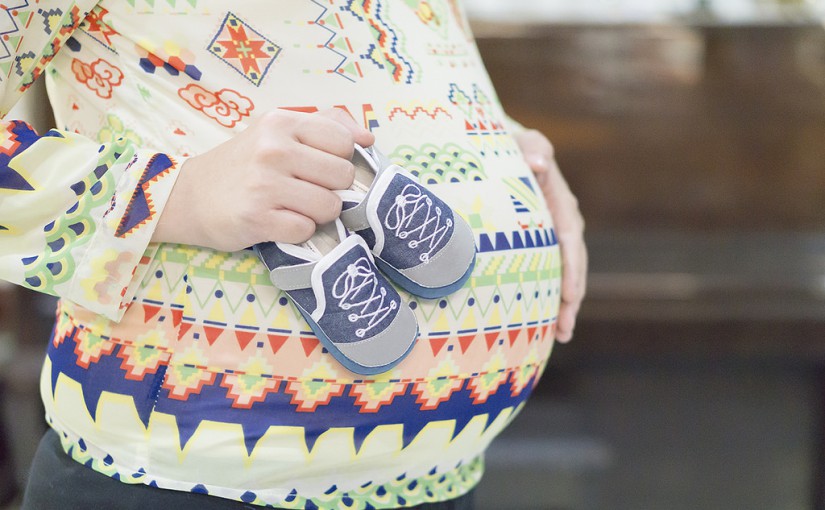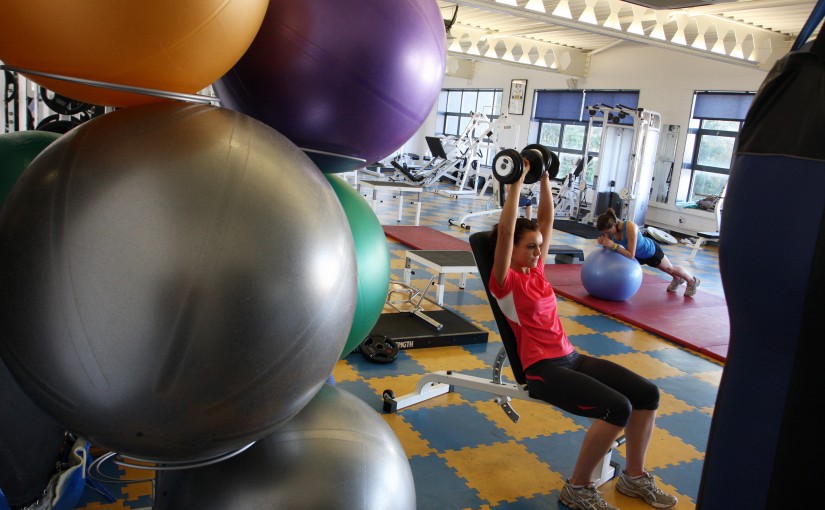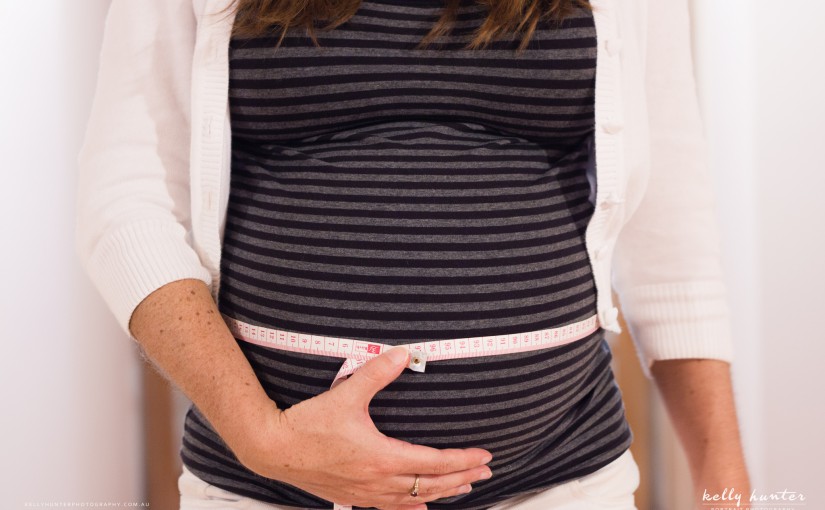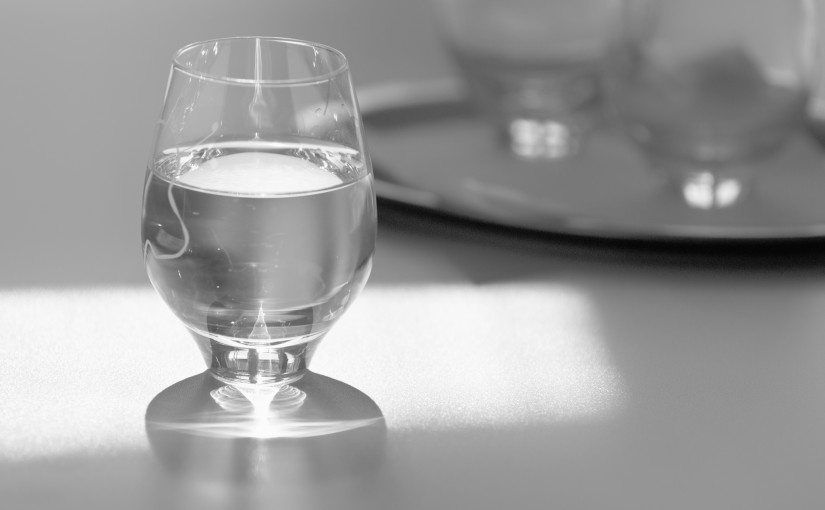Mike Holmes Jr., of HGTV’s Holmes and Holmes, and fiancé Lisa Grant talk about their Healthy Home and how their new Strauss WaterBar fits in. Check out the video to find out more.
Find the Perfect Strauss WaterBar with Mike Holmes Jr.
Mike Holmes Jr., of HGTV’s Holmes and Holmes, and fiancé Lisa Grant choose a Strauss WaterBar for their new home. Check out the video of how it all happened.
Mike Holmes Jr. Partners With Strauss Water Canada To Promote Healthy Homes And Lifestyles
Partnership supports healthier lifestyles and sustainable living environments
Strauss Water Canada is pleased to announce that it has partnered with Mike Holmes Jr.—son of trusted contractor, Mike Holmes—to bring awareness to their revolutionary drinking water filtration systems as part of a Healthy Home package, which aims to support healthier lifestyles and living environments.
With World Water Day on March 22nd the partnership comes at a time when global awareness on various water issues will be brought to the forefront of public attention. Mike Holmes Jr. will be taking on a 30-day pledge/challenge through social media to stop buying plastic bottles until Earth Day (April 22).
“The environment and our resources have always been really important to me. My dad is all about building right, but the idea behind that is that building right leads to better, healthier living. That’s why we build right,” states Mike Holmes Jr. “I want to focus more on the bigger picture, and how different things can affect your overall health—from the right products we should be using in the basement to prevent mould, to the right water systems in your home to make sure you are healthy on the inside, too.”
The Strauss WaterBar is a compact countertop water filtration and purification unit that is directly hooked up to a home or office main water supply, dispensing an unlimited supply of purified filtered water, hot or cold, at the touch of a button. The WaterBar is also UV filtered, eliminating 99.99% water-borne bacteria and micro-organisms – taking out the bad and keeping in the good.
Strauss Water Canada’s goal is to change the way Canadians think, drink and live with water by promoting healthy, environmentally friendly and sustainable living through top-quality water filtration systems and superior customer service.
“The Strauss WaterBar delivers an unparalleled experience with the world’s most essential natural resource,” said David Amiel Strauss Water Canada President and CEO. “The WHO [World Health Organization] recommends drinking 2-3 litres of water per day. Our goal is to make drinking water a fun and exciting experience for the whole family, helping you and your loved ones consume more water for a healthier lifestyle, without the environmental impact of plastic bottles. We are excited to be part of this Healthy Home initiative and join Mike Jr. in his 30-day bottle-free challenge. Our goal is to continue to impact our community and environment positively throughout our partnership endeavours.”
Mike Holmes junior s’associe à Strauss Water Canada pour promouvoir les habitations et les modes de vie sains
Ce partenariat a pour objectif de favoriser des modes de vie plus sains et la durabilité des milieux de vie
Strauss Water Canada a le plaisir d’annoncer qu’elle a conclu un partenariat avec Mike Holmes Junior, fils de Mike Holmes, entrepreneur renommé, pour faire connaître son système révolutionnaire de filtration et de purification de l’eau dans le cadre du programme « Healthy Home » (Maison Saine), qui vise à aider les consommateurs à assainir leur mode de vie et leur environnement.
Ce partenariat intervient à quelques jours de la Journée mondiale de l’eau, fêtée le 22 mars, à l’occasion de laquelle la population mondiale sera sensibilisée aux divers enjeux touchant à la question de l’eau. À cette date, Mike Holmes Junior s’engagera à n’acheter aucune bouteille de plastique pendant 30 jours, soit jusqu’au Jour de la Terre, le 22 avril. Il parlera de ce défi dans les médias sociaux.
« L’environnement et les ressources naturelles ont toujours été des questions très importantes pour moi, explique-t-il. Pour mon père, ce qui a toujours été important, c’est de construire des bâtiments de qualité – mais dans l’idée de nous aider à vivre plus sainement. J’ai décidé d’élargir ma perspective sur ces questions et de m’intéresser à la diversité des facteurs qui jouent sur notre santé globale, depuis le produit qu’on choisit pour prévenir les moisissures au sous-sol jusqu’à l’appareil de filtration d’eau qu’on installe à la maison pour prendre soin de notre santé aussi bien de l’extérieur que de l’intérieur. »
Le WaterBar de Strauss est un appareil compact de filtration et de purification de l’eau qui se branche directement à la conduite principale d’eau. À la maison comme au bureau, il permet au consommateur de profiter d’une quantité illimitée d’eau filtrée purifiée, chaude ou froide, sur simple pression d’un bouton. Le WaterBar est également pourvu d’un filtre UV qui élimine 99,99 % des bactéries et des micro-organismes pour ne garder que les éléments bénéfiques de l’eau.
Strauss Water Canada se donne pour objectif de changer la façon dont les Canadiennes et les Canadiens consomme l’eau et perçoivent les enjeux qui lui sont associés. Pour ce faire, l’entreprise promeut l’adoption d’habitudes de vie saines, durables et écologiques en offrant aux consommateurs des appareils de filtration d’eau et un service à la clientèle de la plus haute qualité.
« Le WaterBar de Strauss offre une manière unique de consommer la ressource naturelle la plus essentielle du monde, affirme David Amiel, président et chef de la direction de Strauss Water Canada. L’Organisation mondiale de la santé recommande de boire de deux à trois litres d’eau par jour. Pour nous, prendre un verre d’eau devrait être un geste agréable et ludique, pour que toute la famille vive plus sainement en s’hydratant mieux, mais sans utiliser de bouteilles de plastique, qui nuisent à l’environnement. Nous sommes ravis de participer au projet Maison Saine et d’accompagner Mike Junior dans le défi qu’il relèvera en n’utilisant aucune bouteille de plastique pendant 30 jours. Nous continuerons de conclure des partenariats bénéfiques pour les citoyens et pour l’environnement. »
3 Surprising health benefits from water
Water does a lot of work behind the scenes, beyond quenching our thirst. H2O is an integral part of our lives with more than half of our body made up of it and with our body constantly craving water in our diets.
While we know that we need water to prevent dehydration, it helps our body in many ways that many people might not realize.
Read on about all the other amazing ways water assists our body’s functionality and this might encourage you to reach for another glass from your water cooler!
Healthy skin
If your skin’s radiance and elasticity is important to you, then you’ll be glad to hear that water is a simple solution to help maintain its appearance. Thirty per cent of your skin is made up of water and by regularly replenishing your body’s water balance, you’re also improving your skin’s thickness and density. Since your skin is an organ, which is made up of cells, these cells need water to function. If it doesn’t receive enough, your skin will become dry and flaky, which is also more likely to wrinkle.
If you have acne, it’s been reported that drinking enough water helps clear your skin overtime, but don’t expect results overnight.
Healthy skin goes beyond appearances and your epidermis helps protect your body’s organs and tissues from harm’s way. But since water reaches your skin last, you should use other moisturizers right after a bath or shower to keep your skin well hydrated.
Weight loss
Obesity is a worldwide epidemic with many people around the world diagnosed with underlying conditions caused by obesity. Water can help you in your quest to lose weight since it’s an inexpensive beverage that has no calories, but is still able to keep you satiated. Within an hour of drinking a glass of water, your body’s metabolism produces more heat and you expel more calories. (Also, by refilling your water bottle, you’re reducing your environmental footprint.)
A study in Germany found that if water’s importance was taught at schools and filtered water was available to children, they increased their water intake by 220 mL per day, which also reduced the risk of obesity by 31 per cent. The year-long study showed that it’s crucial for water to be offered at schools as a healthy habit for children to adopt when they’re younger.
Shock absorption
When you go running and your feet hit the pavement, your body functions in a way that absorbs the impact of the force. This is done with the help your cartilage, which is primarily made up of water and proteins that are found at the end of your bones. When your joints move, your cartilage adapts its shape, reduces the friction and absorbs the impact, which can only be done properly due to its high water content. When you’re younger, your cartilage is made up of about 85 per cent water and as you age, this can drop down to about 70 per cent. If your cartilage has lost most of its water content, your joints can absorb less shock and this can lead to conditions such as osteoarthritis. Once your body loses the molecules which keeps a high volume of water within the cartilage, the water can’t be replenished once it’s lost.
How to convince your kids to drink more water
Water will always be an important part of our lives, no matter how old or young you are. Just as you would encourage a child to start reading when they’re young to help their literacy, you’ll want to encourage them to reach for a glass of water to quench their thirst so they stay healthy and hydrated.
Children’s bodies function differently than adults’ and since their body weight is much less, they retain less water.
A study found that many children (84 per cent) were mildly dehydrated at the start of a school day. Children who drank water during the day performed better on evaluations testing their ability to recognize the relationship between words, while those who didn’t, had trouble remembering the numbers they heard. The study analyzed the drinking water habits of 168 children between the age of 9 to 11 to see how dehydration affected their vigor and fatigue levels.
Mild dehydration alters our brain’s structure and functionality, which can impair our ability to concentrate, stay alert, do arithmetic and retain short-term memories. But these changes aren’t permanent and once your thirst is satisfied, your brain will return to normal functionality.
We know H2O offers great benefits, but a challenge faced by many parents is convincing their kids to pick up a glass of water when they’re thirsty.
Children between the ages of one to three years old should be drinking 1.3 litres of water each day and this should increase to 1.7 litres when they’re four to eight years old, according to the Institute of Medicine of the National Academies. As they grow older, children should be drinking more water. Girls between the ages of 9 to 13 should drink 2.1 litres each day and boys of that age should drink 2.4 litres each day.
We scoured for some great tips and tricks parents have taken on:
Make drinking water cool. Put on your creative hat to think of ideas that help your child enjoy drinking water. Don’t underestimate adding a small decoration to their drinking, such as crazy straws, quirky cups, neat ice cubes or innovative water cooler machines. Let them decorate their own one-of-a-kind water bottles that they can show off while on the go, which makes kids excited to use them. Dressing up water in a different way every time can help your child warm up to the idea of reaching for a glass of H2O, despite its “boring” taste.
Explain why it’s good. Help your young ones understand the importance of H2O in their lives. Explain to them how not enough water in their bodies can affect their day-to-day and books can help illustrate and demonstrate how our bodies rely on water.
Water makes up more than 50 per cent of our bodies, but it makes up a greater percentage when you’re younger. As a baby, water makes up 78 per cent of your body, but within a year, this drops down to 65 per cent, according to a professor of pediatric neuroscience at Allegheny University.
By showing your kids how to easily fill up their water bottles, you can also sneak in some good lessons about the importance of practicing green habits and how their actions affect the environment.
Make it easy to access. Parents aren’t around to watch their children all the time, which is why it’s important that if children are feeling thirsty, they know where they can find drinking water. Make sure your children know where their cups or water bottles are stored, but also encourage them to tell you or their caregiver when they’re thirsty, especially on warm and humid days. If they are too young to get hot water by themselves, make sure there’s a system in place. Also, whenever they’re out and about, keep water on hand so they become accustomed to taking small sips throughout the day.
Slowly introduce them to the change. It’s the same with breaking any bad habit, whether it’s trying to eat healthier or stop smoking, going cold turkey doesn’t go over well for most people. In many cases, this has the opposite effect. If you want your kids to drink water more frequently, the solution isn’t to pour it down their throats and ban other beverage options; you need to have them slowly switch habits on their own so it sticks, even when you’re not around.
For example, if your children have become accustomed to having juice and pop available at meal times, on a few days a week, have water as the only beverage option at the dinner table. Once your kids become accustomed to this, turn water into the primary drink of choice and make other beverages an occasional treat. Also, you can lead by example and when your kids see mommy and daddy always drinking water, they’ll want to too. By refilling water bottles with a water cooler, you’ll also save yourself money with this change.
Avoid constipation during pregnancy
(Photo credit: Bayu Aditya/Creative Commons)
No one enjoys the feeling of constipation. It’s downright unpleasant to face a difficult and painful time when you’re using the washroom.
If you’ve had the good fortune of never experiencing constipation, consider yourself lucky. Constipation is when it’s difficult to empty your bowels or you pass hard painful stool when you do. Many Canadians, both young and old, suffer from this condition with one in four Canadians experiencing symptoms.
Pregnant women face many changes to their body during pregnancy, but they also have a higher chance (11-38%) of experiencing constipation.
During pregnancy, the body adapts to a growing baby by having your intestines absorb more water, which causes the stool to dry out, and releasing higher levels of progesterone and lower levels of the hormone motilin, which leads to food taking longer to pass through the digestive system. Combined with pregnant mothers resting more frequently and taking more vitamin supplements, the likelihood of constipation increases.
Water is usually a simple solution to relieve expectant mothers from the pain and annoyance of constipation, but it also helps them avoid it too.
Mothers to be should be drinking 2.3 litres of water a day. This will help pass more urine through their bodies and loosen up the stool in their systems, which means they’ll use the washroom more frequently and with less stool each time.
But that’s not the only way to banish discomfort the next time you go to the washroom.
You are what you eat. Indulging in a high fibre diet is just what you need to stop constipation in its tracks and women should be eating 25 to 30 grams of dietary fibre each day. Whole grain and whole wheat foods are great sources of fibre, along with vegetables, fruits and legumes. If you enjoy prunes, you might be surprised to hear that they’re a well-known remedy thanks to their laxative qualities from the fibre and sorbitol, an alcohol sugar.
Go when you need to. You may have picked up the habit of ignoring the urge to use the washroom when it’s inconvenient, but it can lead to constipation in the long run. When you hold it in, you are creating a backlog in your bowel that could have trouble passing through the next time you use the toilet. Going to the bathroom shouldn’t be a painful or rushed process.
Keep your body moving. Exercise gets the blood flowing, the heart pumping and helps move food through your digestive tract. Sitting for long periods of time is the new smoking and adults should be doing some moderate exercise, whether it’s swimming or walking, at least three times a week for 20 to 30 minutes. You’ll feel happier too thanks to the endorphins being released.
Redistribute your supplements. Instead of taking a large dose of calcium or iron at one time, split it into smaller doses. Your bowel movements will thank you for that.
As a future mother, you have enough on your plate. Don’t let dealing with constipation slow you down – simply make sure you have a convenient and inexpensive water cooler solution nearby.
Exercise: How much water should you drink?
(Photo credit: Learn English at DCU/Creative Commons)
Want to pump more weights, run a longer distance or be a better soccer player?
“Practice makes perfect” is one of the best pieces of advice out there for anyone looking to improve their performance, but there’s another habit that all athletes follow – drinking cold water while exercising. It’s simple advice that’s sometimes forgotten.
The warmth you feel while working out is your body working harder, which raises your core body temperature above its normal 37°C. To regulate your body temperature, you sweat. But when you sweat profusely, your body sheds water and electrolytes and once you lose more than two per cent of your body weight, you’re dehydrated and your performance takes a hit.
The warmer your body temperature, the harder it is to focus and combat fatigue. Ignoring the symptoms can result in heat stroke, which is more likely if you’re exercising on a hot day or in a humid environment.
One study discovered that taking sips of cold water before and after your workout improves your endurance by about 23 per cent since less heat accumulates in your body. If you’ve watched the Olympics, you know how much of a difference one or two seconds can make in speed skating event, a 100-kilometre race or a hockey game.
Like many things, moderation is key. Drink too much and your stomach cramps. Drink too little and your body loses its ability to function properly.
The amount of water you drink varies based on many different factors, such as how much a person sweats and how much electrolytes they’ve lost, the type of exercise, the length of exercise time, the weather, the equipment used, metabolism and heat acclimatization.
According to the American College of Sports Medicine, if a 154 pound (70 kg) person does moderate exercise, such as a brisk walk or slow jog, they should drink about 0.6 litres of water per hour.
If you take it up a notch with high intensity exercise, you’ll need to monitor your fluid intake before, during and after your exercise.
Pre-workout: You should be drinking liquids hours before you lift your first dumbbell since this helps your body absorb fluids and retain normal urine levels. Don’t feel thirsty? Eat a small meal or salty snack to encourage your thirst.
How much water should you drink? Before exercising, drink five to ten millilitres (mL) of water for one kilogram of your body weight. This means someone who’s 154 pounds should drink 350 to 700 mL at least four hours before working out.
During workout: Each person loses water at a different rate. To figure out the amount of water you should be drinking, weigh yourself before and after you exercise and replenish your body’s fluids with drinks packed with electrolytes. Carbohydrates will also help balance your electrolytes and boost your performance.
How much water should you drink? Drink six to twelve mL of liquids for one kilogram of your body weight for each hour of exercise. A 154-pound person should drink 400 to 800 mL per hour, which is about three to four servings.
Post-workout: Restore your body’s hydration faster by ingesting drinks and snacks with sodium.
How much water should you drink? For every one kilogram of body mass lost after exercising, drink 1.5 litres of fluid, unless you’ve been working out for hours and replenishing your fluids at the same time.
Don’t worry about having enough hot or cold water stored away with the right water cooler solution. You’ll be saving money and helping the environment too by regularly refilling your water bottle.
Maternal hydration and amniotic fluid volume
(Photo credit: Kelly Hunter/Flickr)
Every mother wants her children to grow up healthy and strong. Doing everything she can to ensure this happens begins long before she starts telling them to eat their vegetables or get some exercise. It begins in the womb, where the fetus needs proper care to grow strong as it develops.
Research indicates that one way you can help promote the health of your baby in utero is through staying well-hydrated. This is especially important because it can help prevent the development of an amniotic fluid deficiency.
This deficiency, called oligohydramnios, affects 2.3% of pregnant women.
Amniotic fluid levels change over time due to a number of factors. Maintaining sufficient fluid levels is vital to the health of both the mother and the fetus. The fetus ‘breathes’ this fluid, which helps its lungs form, and its ingestion helps in the formation of the gastrointestinal system. The amniotic fluid also acts as a cushion surrounding the fetus, protecting it from potential harm and giving it the opportunity to develop bones and a skeletal structure.
Without sufficient amniotic fluid, a pregnancy can face a number of potential complications. Oligohydramnios restricts the fetus’ growth, can create physical deformities, impairs the development of the heart and lungs, and can lead to meconium aspiration, among other problems.
While oligohydramnios can be the result of a number of factors, one way to potentially avoid this condition is simply by drinking more water.
[custom_blockquote style=”eg. green, yellow, purple, blue, red, black, grey”] What is the Amniotic Fluid Index (AFI)?
The AFI (score in cm) is approximate amount of amniotic fluid in the womb. It also serves as an index of the fetus’ well-being.
An AFI of 8-18 is considered normal, with a level of 5-6 indicating a state of oligohydraminios. Median AFI level is usually around 14 from week 20 to week 35, after which it begins to reduce in preparation for birth. [/custom_blockquote]
Studies at the University of the Witwatersrand, Lis Maternity Hospital in Tel Aviv, and the University of Parma in Italy all found close association between increased hydration and an increase in the Amniotic Fluid Index (AFI) in pregnant women with a low AFI. The studies included women consuming water both orally and through intravenous means.
In the Tel Aviv study, researchers examined the effects of increased hydration on 30 women with low AFI. The study group was compared to a control group of 30 women matched for age and gestational age, with normal AFI.
The results of the study were clear. AFI levels increased from 8.1 to 11.8 in just one week among the women with low AFI. The authors concluded that “long-term maternal oral hydration seems to significantly increase the AFI in selected women with reduced fluid and possibly prevents oligohydramnios.”
It’s always a good idea to stay hydrated, but this research indicates it’s especially important when you’re pregnant. Give your child a better chance to grow up healthy by staying hydrated when you’re pregnant. And, once you’ve had your baby, don’t stop there! Maintaining an adequate level of hydration is important your whole life, from in utero to your old age.
Maintaining the Body’s Water Balance… What is lost must be returned
(Photo credit: Gabriele Diwald/Flickr)
You are primarily made up of water. This is true of you and of every other person on the planet.
On average, adults are 60% comprised of water, while newborns can reach as high as 75% water. If we are to maintain our strength, well-being, and ability to function in our day to day life, it is essential that we sustain healthy levels of hydration.
The body needs to preserve its water balance in order to avoid dehydration. This means that for every drop of water released from the body, another must enter it. Keeping this ‘water homeostasis’ is extremely important for your health.
Water loss is a regular part of life. Sweating, urination and other bodily functions lead to the loss of water every day. These are normal processes that contribute to your body’s operation. More dramatic, yet still manageable, water loss can be the result of heavy physical activity or extreme heat. Whatever the causes, when your body loses water you become thirsty, which incentivizes you to look for water to rehydrate.
[custom_blockquote style=”eg. green, yellow, purple, blue, red, black, grey”] Did you know?
You may need to modify your total fluid intake depending on your age, how active you are, the climate (temperature and relative humidity) you live in, your health status (illness, fever, vomiting or diarrhea) and whether you’re pregnant or breast-feeding. [/custom_blockquote]
While the body aims for homeostasis, it can still function at a water deficit. A 3-4% water decrease doesn’t cause problems for most people, while a 5-8% decline leads to fatigue and dizziness. By the time you reach a 10% deficit dehydration begins to have more severe effects, including physical and mental distress. A decrease in water levels of 15-25% is fatal.
Fortunately, when people have access to clean water, the body naturally regulates water levels through the feeling of thirst, which encourages you to drink when levels are low and reducing fluid excretion. Although “water intake and output are highly variable,” according to the European Hydration Institute (EHI), they are “closely matched to less than 0.1% over an extended period through homeostatic control.” Fatal levels of dehydration are usually the result of severe illnesses, such as cholera.
In order to increase your hydration and achieve homeostatic levels, there are three main sources of water ingestion. The primary source of water is from drinking water and other fluids; this accounts for 70-80% of water intake. Food is also a significant source of water, accounting 20-30% for most people. The final source is very small, with only 250-350 ml of your water intake coming from the oxidation of macronutrients.
Under most circumstances, the EHI finds that the average person loses and needs to replace approximately 2-3 litres of water a day. Your body regulates this process very well, and a loss of 1% of your total water will usually be returned within 24 hours.
Water is a vital component of our bodies. Nurture your body by staying hydrated and maintaining your water balance every day.
